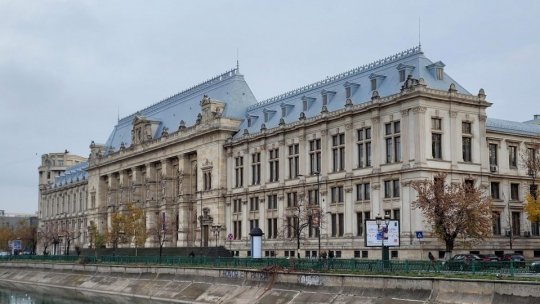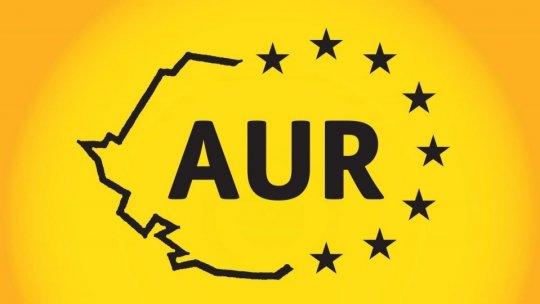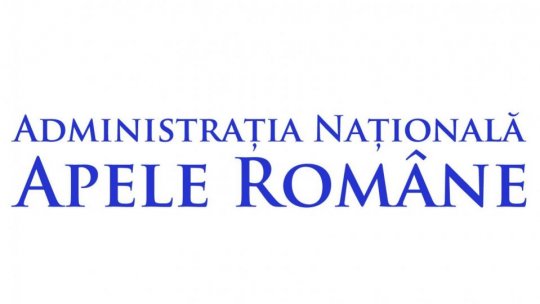December 1st – Romania’s National Day
On December 1st, 1918, Transylvania joined the Kingdom of Romania, after the National Assembly in the central Romanian city of Alba Iulia, thus completing the unification of the provinces.

02 Decembrie 2010, 09:59
On December 1st, 1918, Transylvania joined the Kingdom of Romania, after the National Assembly in the central Romanian city of Alba Iulia, thus completing the unification of the provinces with a majority Romanian population. Since 1990, after the fall of the communist dictatorship, December 1st became the National Day of Romania.
The political accomplishment witnessed 92 years ago was the outcome of Romania's foreign policy and of its participation in WW1, between 1916 and 1918, alongside France, England, Russia and the US. As multinational empires, such as the Ottoman and Habsburg ones, crumbled to pieces, in the context of the Bolshevik revolution in Russia and of US President Thomas Woodrow Wilson's proclamation of nations’ rights, new nation states emerged on the ruins of these empires.
Speaking about the unification of Romanian provinces, historian Neagu Djuvara said, “We now had what came to be known as Greater Romania. A country that had more than doubled in both size and population, and which comprised most Romanian language speakers.”
Indeed, at that time Romania doubled its territory and population, exceeding 300 000 square km and 14 million inhabitants. Romanian ethnics made up a majority of 72 % of the population, while of the minority communities Hungarian ethnics accounted for 8 % of the total population, with the German and Jewish communities making up another 4% each. There have been several steps that preceded the Great Union of 1918.
In 1859, the Romanian principalities of Moldavia and Wallachia were united. The new state gained its independence further to the 1877-1878 war, and later, in 1881, it became a kingdom. After the 1918 Unification, recognised as a major landmark in the history of Romanians, the nation state suffered substantial territorial losses entailed by WW2.
In 1940, at the start of the war, and after its traditional alliances with western democracies like France and Great Britain lost their validity, Romania was forced to give up around one third of its national territory. This happened on the one hand under the concurrent pressure of Nazi Germany and Stalinist Moscow, and on the other hand because of Romania's own weaknesses. Four years of war followed, and close to half a century of dictatorship, whose atrocities overshadowed the triumph of the Great Union.













